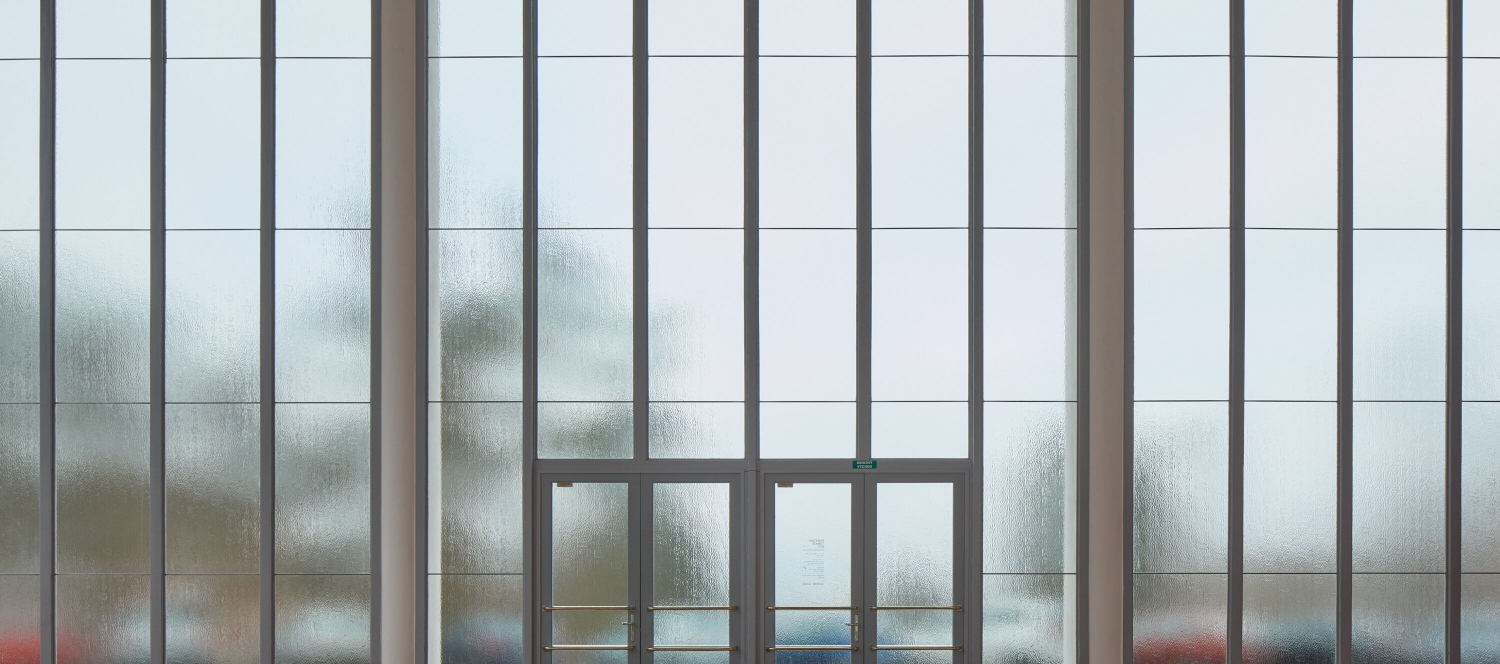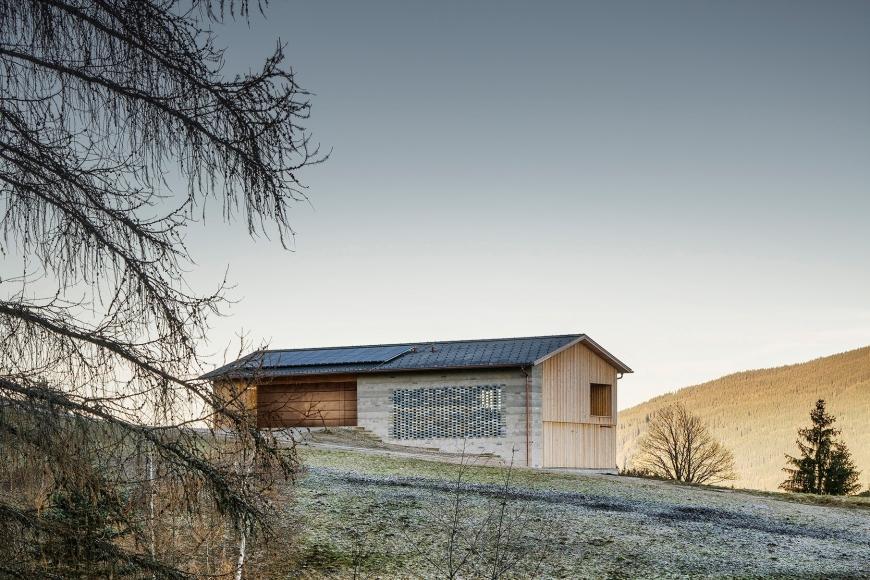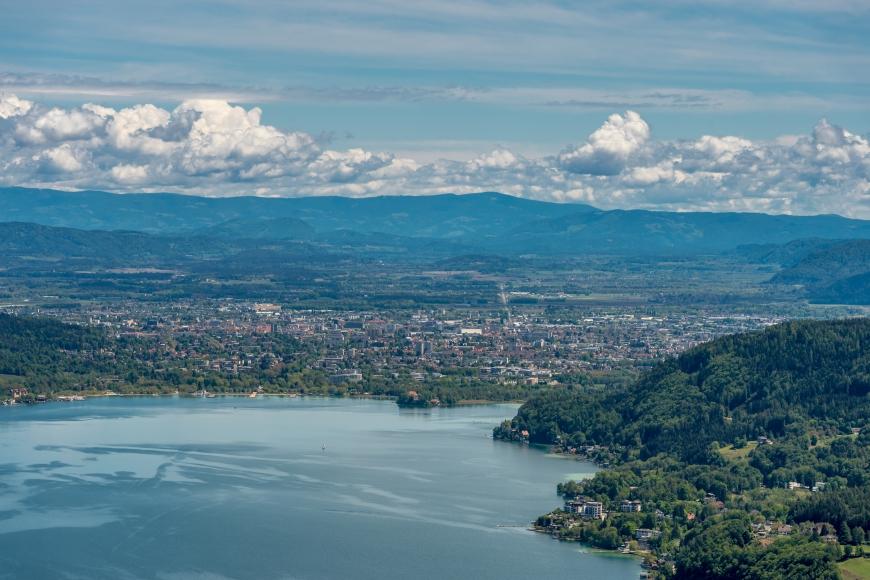Konstruktivismus-Ikone in Tschechien

Sommerzeit ist Reisezeit – für Architekturfreunde bietet sich da stets ein Trip zu den Klassikern der Moderne an. Unser Tipp: Fahren Sie nach Zlín, in die legendäre Modell-Industriestadt, die 1894 von Tomáš Baťa in der mährischen Kleinstadt gegründet wurde. Sein Denkmal, errichtet 1933 von František Lýdie Gahura, wurde nun von Petr Všetečka und seinen TRANSAT architekti vorbildlich renoviert und zurecht als große Architekturikone inszeniert.
Bis in die 1930er Jahre baute Baťa den Hauptproduktionsort des ersten global aktiven Schuh-Herstellers Bat´a systematisch mit den besten modernen Architekten des Landes aus: Der Otto Wagner-Schüler Jan Kotěra baute 1911 die Direktorenvilla, František Lydie Gahura, Vladimír Karfík und andere errichteten in den folgenden Jahrzehnten eine stetig wachsende Stadt aus Produktionshallen, Bürogebäuden, Bildungs- und Sozialeinrichtungen sowie Wohnhäusern für die Mitarbeiter des Mega-Werks. Auch für den Vertrieb sorgte man baulich gleich selbst: Legendär sind bis heute die ultraprogressiven Bat´a-Kaufhäuser in zahlreichen europäischen Städten. Berühmt ist auch der Besuch von Le Corbusier in der Modellstadt, die vieles von seinen eigenen ungebauten urbanistischen Visionen bereits in großem Maßstab realisiert hatte. Als der Gründer Tomáš Baťa 1932 bei einem Flugzeugabsturz im nahen Bato´v bei Otrokovice (Otrokowitz) ums Leben kam, baute František Lýdie Gahura das jetzt sanierte Memorial als Hauptwerk des „Zlíner Konstruktivismus“, wie manche diese industrielle Avantgarde der 1930er Jahre nennen. Die Architekten informieren:

Transat Architects, Bat´a Memorial, Zlín, 2019 1 © Jakub Skokan and Martin Tůma - BoysPlayNice
The building by František Lýdie Gahura, opened one year after the death of Tomáš Baťa, is the most valuable monument of the Zlín constructivism and the highlight of the so-called “Baťa architecture” phenomenon. At the first glance the idea for the monument is simple: an empty prism placed on a visible spot above the town, on the central axis of the ascending park space, made up of several modules of the Zlín 6.15 x 6.15 m frame and clad only with cathedral glass. Inside, only the ill-fated Junkers F 13 aircraft in which Tomáš Baťa died in 1932. – Gahura reduced the monument to three basic materials of Zlín architecture – concrete, steel and glass that were supposed to, together with the building’s composition, express the unique attributes of Tomáš Baťa: generosity, clarity, aspiration, optimism, simplicity, honesty and truth. The execution of the standardised frame as a single column hall and a three-aisled space at the same time, variable height of the space and dispersed natural light brought the stripped-down Zlín constructivism closer to sacral buildings of the ancient and medieval times, without using any historical shapes. This was enhanced by the consistent vertical concept of the building. Gahura explained it by the fact that the purpose of the building is ideological and with this verticality, weightlessness, and simplicity of the one-directional sectioning, the monument expresses specific traits of Baťa’s character. The monument was built without any technical or sanitary facilities – it was actually a greenhouse with no possibilities for heating, water supply, or toilets.

Transat Architects, Bat´a Memorial, Zlín, 2019 2 © Jakub Skokan and Martin Tůma - BoysPlayNice
The unique attributes of Tomáš Baťa: generosity, clarity, aspiration, optimism, simplicity, honesty and truth.
In the 50’s it was rebuilt to be a concert hall and gallery and with it the monument lost its architectural qualities. The name of Tomáš Baťa was erased from memory. – The comprehensive renewal of the original state of the monument, in preparation for 18 years, aimed again toward simplicity and reduction of all dispensable equipment that is usual in today’s buildings. All of the operational, technical and service elements and spaces are located separately from the monument. The core meaning of the building consists in the visitor’s experience of the space and light, in slowing down and contemplation. Due to the fact that the structure is an internationally acclaimed monument of modern architecture, the project had high aspirations in terms of quality of the renewal. For many of the building elements a restoration approach was chosen, common with the most valued historic buildings.

Transat Architects, Bat´a Memorial, Zlín, 2019 4 © Jakub Skokan and Martin Tůma - BoysPlayNice
Given the monument’s place in the structure of Zlín, the building is also a light-landmark of the town. The possibility of using the building for reverential and social events or exhibitions will always be limited with regard to the ideological and architectural essence of the monument and the austere conditions of its interior environment. The dominant of the interior is a new model of the Junkers F 13 aircraft.

